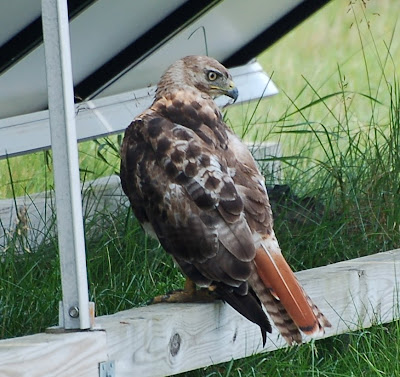


Scientific Name: Meleagris gallopavo
Population Estimate: 1.3M, Least Concern status
Range / Habitat: Year round in forests and grasslands of eastern US, and in parts of western US and northern Mexico.
Field Notes: Large, ground-dwelling bird, unmistakable in range.
Personal Notes: We had been looking for these bird for several months after returning to MN from NZ and were not disappointed. The top photo was taken at the Minnesota Zoo shortly before leaving the area.














































